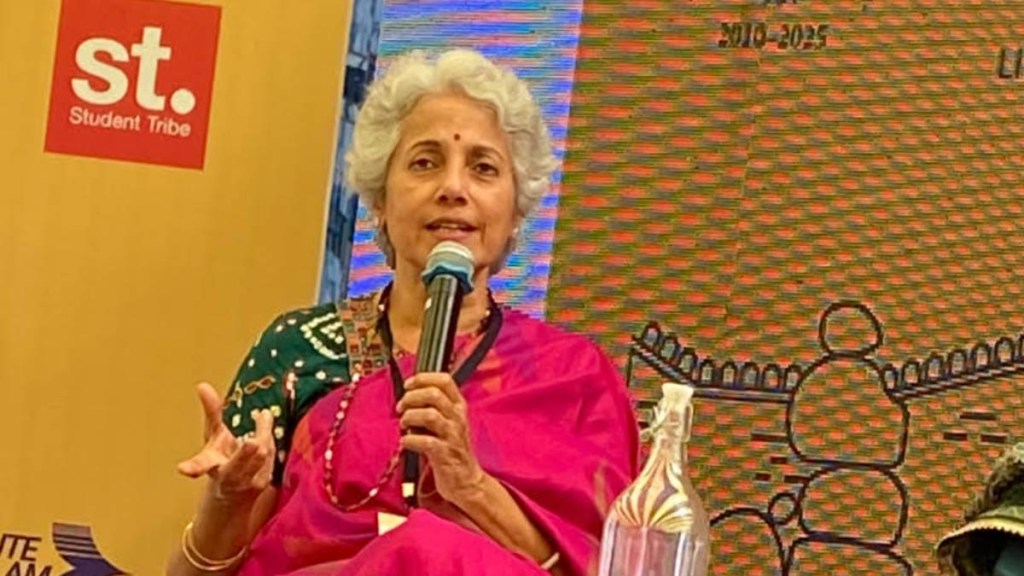A literary festival is more about dissecting prose and poetry than discussing pandemic preparedness. But at the ongoing Hyderabad Literary Festival, a motley group of word lovers or logophiles, as some would prefer, sat cupped-chin and in rapt attention listening to Dr Soumya Swaminathan, the first and former chief scientist at the World Health Organisation (WHO).
Taking off from where we stand and on to the dangers that lie ahead, she saw knowledge still lacking on the many viruses that circulate among animals though there was better grasp on some of them like the influenza virus. “This is because of the surveillance mechanism that is in place. The global influenza surveillance system is a 50-year-old system”, she says albeit not sure, how it could get impacted if the US decides to pull back and the risks that could follow from the resulting challenges on data sharing.
There is no regular surveillance on many other classes of viruses although the One-Health mission in India is expected to correct this. But the key, she felt lay in being prepared. “We have to be prepared because it is really a question of time before mutations develop in viruses. One more critical mutation in the H5N1 (avian influenza or the ‘bird flu’) and the human-to-human transmission (which is not likely today) could potentially become possible tomorrow.” At its worst, it is spreading from a bird to a cow to a human but still not from human-to-human, which the virus would want to get to. If the human-to-human spread happens then concerns would shift to whether it is mild or severe.
